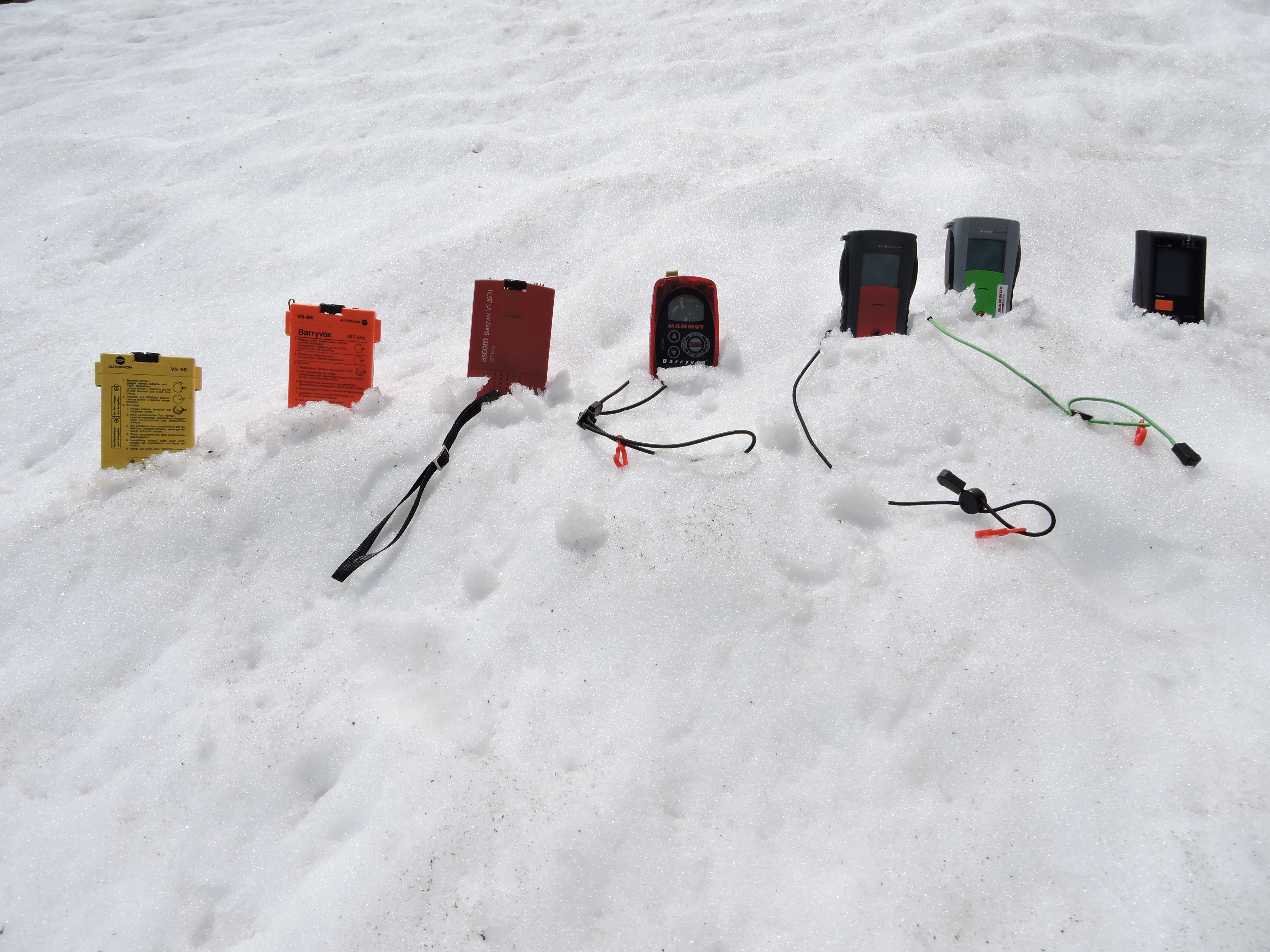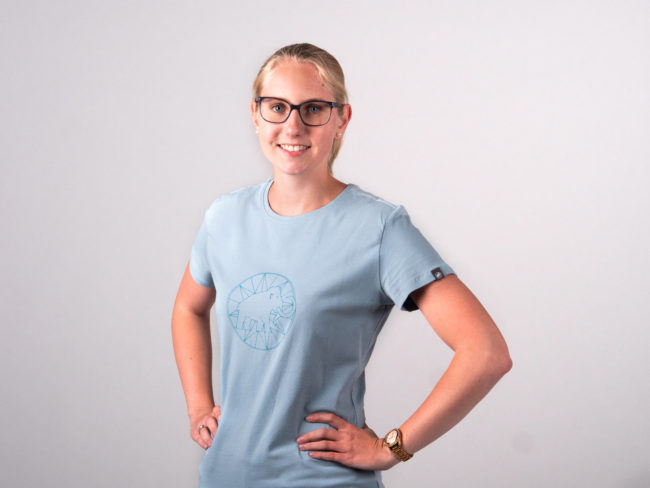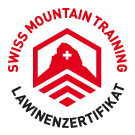
THE STORY BEHIND AVALANCHE TRANSCEIVERS - PRACTICE, PRACTICE, PRACTICE!
The story of avalanche transceivers is also the story of Felix Meier. The electronics engineer and alpinist has been involved in their development for almost four decades. There is hardly anyone else in the world who can rival his knowledge in the technology of these devices.
Franz Bamert, journalist – Felix Meier has two great hobbies: the mountains and his work as an engineer. "And I am able to combine them both," says the man from the Zurich Unterland area. One of the products of this combination is the new Barryvox® S. "We spent three years working on its development. We were never satisfied and always wanted an even better product," explains Meier. He is an engineer and an inventor, who also develops apps and loves orchids.
How the avalanche transceiver arrived in Switzerland
Listening to him, you have the impression that he has spent at least half his life in the mountains. As a young boy with his father, then with the mountain cadre of Field Division 6, as a tour guide with the Swiss Alpine Club (SAC), and in the International Commission for Alpine Rescue (ICAR). Meier's activities meant constant involvement with avalanches and their dangers and he is something of a walking encyclopedia when it comes to the development of avalanche transceivers. "It all began around 50 years ago. During a ski trip to Alta (Utah), the American John Lawton came into contact with some US avalanche researchers and came up with the initial idea." Named Skadi, the device worked on a frequency of 2.275 kilohertz and had a maximum range of 25 meters. In 1968, it was tested at the avalanche research center in Davos, which brought this new invention to the attention of the army. "The army then commissioned the development of its own device – the legendary Barryvox® VS-68 – which had more than double the range," explains Meier, who took part in the first military field tests with the VS-68 in the winter of 1972-73. In 1974, the device was made available to consumers. However, by then other manufacturers from different countries were also launching products. These worked with different frequencies, which meant there was no overall compatibility between devices - an issue that could prove catastrophic in an emergency. "At the time, I was part of the commission responsible for defining a common frequency for the German DIN standard - and was almost in despair. After around two years, we finally succeeded. We agreed on 457 kilohertz, the frequency of the VS-68, as this allowed a greater range."
The Barryvox® S
More avalanche transceiver models followed. These were lighter and instead of one antenna had two and then three. And now – ten years after the last new development – the Barryvox® S has arrived. What makes it different from earlier devices and why did its development take so long? "The key factor for an avalanche transceiver is the clarity of the signals received. So we wanted to eliminate all interference - both internal and external. This might sound simple, but it actually means extensive series of measurements." The plastic housing also took a long time to develop: "We needed minimal tolerances – we couldn't risk a situation where the on-off switch would suddenly stop working. Special tools were needed to make the housing. And we needed to produce these first." The developers spent a long time working on a difficult problem: separating individual signals in the case of multiple buried subjects. The new device is capable of receiving signals from all transmitters equally well, regardless of distance, to allow clear location of buried subjects. Meier, who has visited mountains all over the world, is satisfied with the new Barryvox® S. "With this device, we are pushing the boundaries of physical feasibility. The Barryvox® S will set standards for many years to come," comments the expert, adding: "An avalanche transceiver can only be so good. If you can't operate it in your sleep and in every conceivable and inconceivable situation, then even the best device will be no use. So, my advice is to sign up for a course and then practice, practice and practice repeatedly every year."
Tour

Our team is available by phone from Monday to Friday from 09.00 to 12.00 and from 14.00 to 17.00.
This could be interesting
- 1 (current)
- 2














